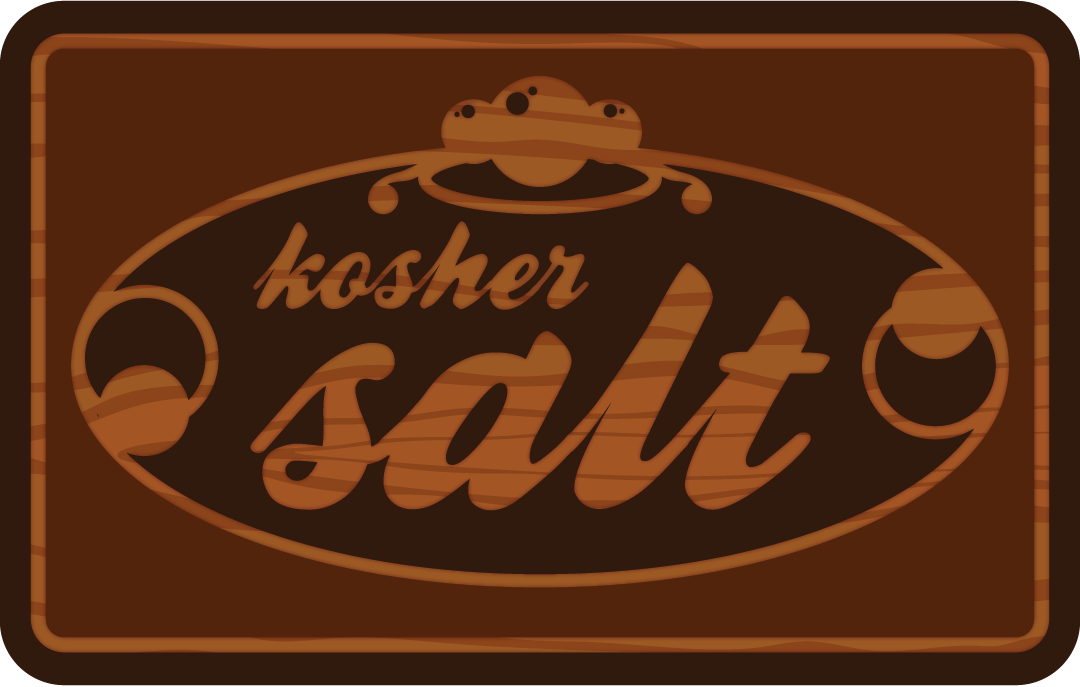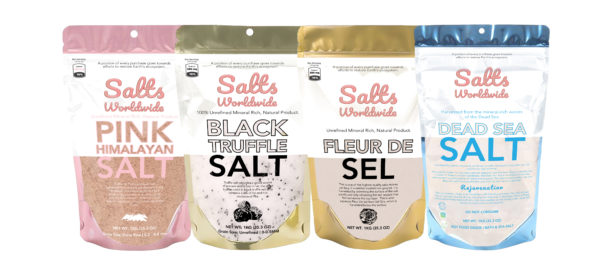
If you’re considering buying Himalayan rock salt, you should know what you’re getting. Impurities in Himalayan rock salt are common, but there are some things you should know before making a decision. The process for mining this salt involves explosives, and laborers use hand-cranked drills to bore a hole five feet deep, fill it with gunpowder, and set the fuses. Then trucks enter the mines to collect the salt, which is then processed through metal grinders. This process is extremely dangerous, and workers often live in medieval conditions.
Impurities in Himalayan rock salt
What causes the pink color of Himalayan rock salt? The answer is not the additives in the product. The pink color comes from impurities and natural minerals. The Himalayan salt is 84 percent calcium, seven percent magnesium, and two percent iron. The salt contains less overall sodium chloride than other marine salts. However, if you have high sodium chloride levels in your diet, you might want to opt for other brands.
The minerals in Himalayan rock salt are too low in concentration to be nutritionally beneficial. Even if you ate lethal amounts of these minerals, you wouldn’t be getting any other helpful quantities of the same minerals. You’d also end up with a condition called hyponatremia, which is caused by low sodium levels in the blood. The salt you consume is no better than other sources of dietary sodium.
Another problem with conventional table salt is its unnatural additives. While table salts have added sugars, they lack essential trace minerals. These impurities can make the salt taste less than desirable. However, the salt in Himalayan rock salt is naturally balanced and contains no chemical additives. Besides, its pink color attracts consumers and is an excellent choice for cooking. Many chefs prefer to use Himalayan salt when they are cooking because of its unique flavor and health benefits.
In addition to preventing skin problems, pink Himalayan salt has other uses. It can be used as a body scrub or in the bath. The minerals in this salt can improve your immune system and produce natural hormones. These benefits make it a wonderful alternative to synthetic products, such as soap. For this reason, pink Himalayan salt is becoming increasingly popular. Its mineral content makes it an ideal ingredient in beauty products and bath salts.
Health benefits of Himalayan salt
The many health benefits of Himalayan salt include regulating blood sugar levels and hormonal balance. With its high mineral content, this salt helps to control blood sugar levels and prevent sudden spikes. It also stimulates the production of hydrochloric acid and an enzyme that digests protein. When mixed with water, Himalayan salt aids digestion and relieves joint inflammation and stiffness. While it may seem unappetizing, this salt contains 84 trace minerals and is better than table salt for these benefits.
Himalayan pink salt is a popular variety of sea salt, mined in the Pakistani provinces near the Himalayas. This type of salt contains trace minerals and is the purest salt available on earth. The pink color of Himalayan pink salt results from the presence of extra minerals. This pink salt also has a slightly different flavor. Many people find the taste more pleasant than regular table salt, but this is not the case for every person.
Bathing in Himalayan salt is also beneficial for the skin. It stimulates circulation and soothes sore muscles. It also unclogs pores. To prepare a Himalayan salt bath, mix some heavy pink salt with warm water. Add a few flakes of magnesium flakes if you suffer from dry winter skin. This mineral blend will rejuvenate your skin and soft tissues. And because it is naturally rich in minerals, it can also be used as a potpourri in your home.
While consuming too much sodium can have negative consequences, it is important to remember that our bodies can only absorb a certain amount of sodium. In addition to the adverse effects of too much salt, the recommended daily sodium intake for Americans is 2,300 milligrams. However, you should remember that a teaspoon of Himalayan pink salt contains 420 milligrams of sodium, which is less than a half-cup of table salt. Adding a pinch of this salt to your diet can help lower blood pressure levels.
Cost of Himalayan rock salt
The cost of Himalayan rock salt is higher than the cost of generic table-salt. The salt is so rare that it can be expensive, costing $5 to $8 per 100 grams. This type of salt is often used in spa treatments and specialty foods, and can cost over $300 per kilogram. It is marketed as a health-related product with medicinal and aesthetic qualities. Most of these products are produced in Pakistan, where the salt is mined from a 200 million year-old sea salt bed. The largest of these mines is Khewra.
Himalayan salt is harvested in large boulders and broken into smaller pieces for transportation outside the mine. The rock salt is then exposed to potential contaminants and must go through several levels of processing before it can be sold. Several stages of processing are required before it can be sold as a table salt. You can read about these steps below to find out how much it costs to buy Himalayan rock salt. You can use it for cooking, salting your food, and making statues. Its high mineral content and natural mineral content make it great for your health.
The process used to produce the best quality salt is complicated. During processing, different colored clays and rocks are separated from the salt. This results in the purest, pink salt that tastes the best. But it’s not cheap – the price of Himalayan rock salt depends on how it is produced. If you have a large amount of money to spend on your salt, it’s worth every penny. This natural salt is expensive and is sold at an online shop.
Cost of Ancient Ocean Himalayan Pink Salt
Ancient Ocean Himalayan Pink Salt is a fine-grained mineral-rich sea salt mined from deep in the Himalayas. It is the purest salt on earth, and it has natural trace minerals. It is a popular artisanal salt, and its beautiful pink color is highly sought after. In addition to its natural mineral content, it is also known for its clean taste and unique color. Read on to learn more about the benefits of this salt.
The price of this mineral-rich salt varies widely, depending on the type of salt you choose. The finest grain size is called “Fine,” and it is ideal for use in commercial kitchens. It can be purchased in a variety of grain sizes. It can be purchased in bulk, and is available in different packaging. The best brands offer free samples for you to sample. If you’re unsure whether a specific brand of salt is right for you, be sure to check its customer reviews online.
Cost of SaltWorks Himalayan Pink Salt
What is the cost of SaltWorks Himalayan Pink Salt? These salts are mined from deep within the Himalayas. They are formed from ancient seabeds preserved by volcanic ash. Because they contain trace minerals, they are highly prized for their beautiful pink color, which varies from almost white to a deep rose. SaltWorks Himalayan Pink Salt costs around $10 per pound.
The company’s proprietary quality assurance processes guarantee that their Himalayan pink salt is 100% authentic and ethically mined. These processes remove unwanted debris, color-sort grains, and size them accurately. All this ensures that SaltWorks Himalayan salt is ready for food processing, as well as easy to use in bulk applications. These proprietary innovations also protect the unique characteristics of each grain. The salt is a valuable addition to any kitchen.
This versatile crystal is also a good base for aromatherapy, since it works well with essential oils. Saltworks uses an ethical vendor to source their Himalayan bath salt, which is food-grade and safe for consumption. Saltworks Himalayan Pink Bath Salt comes in both fine and coarse grain varieties, which are great for bathing, as a facial exfoliator, and in soaps, lotions, and scrubs.


